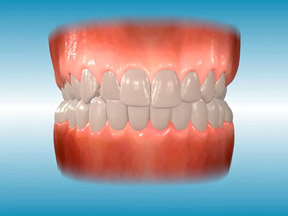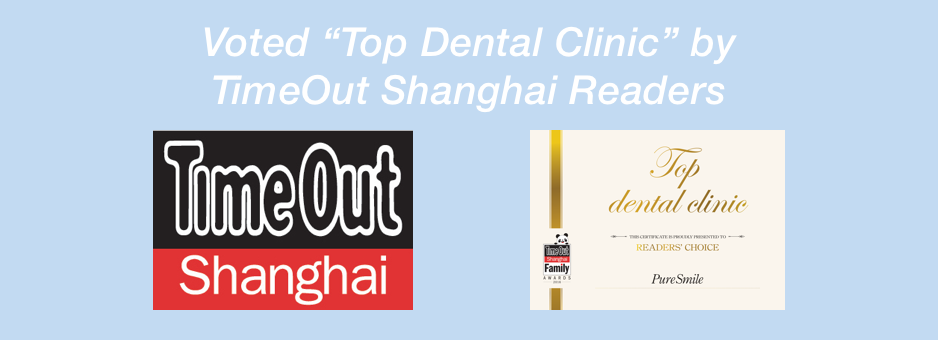Common Orthodontic Problems
Posterior Crossbite
 A posterior crossbite will usually result from a narrow upper jaw or abnormally wide lower jaw.
A posterior crossbite will usually result from a narrow upper jaw or abnormally wide lower jaw.
A narrow upper jaw will often force a patient to move their lower jaw forward or to the side when closing into a stable bite. When closed into this accommodating position, the lower teeth are located outside the upper teeth.
A posterior crossbite can involve one side of the jaw, known as a unilateral crossbite, or both sides of the jaw, known as a bilateral crossbite.











